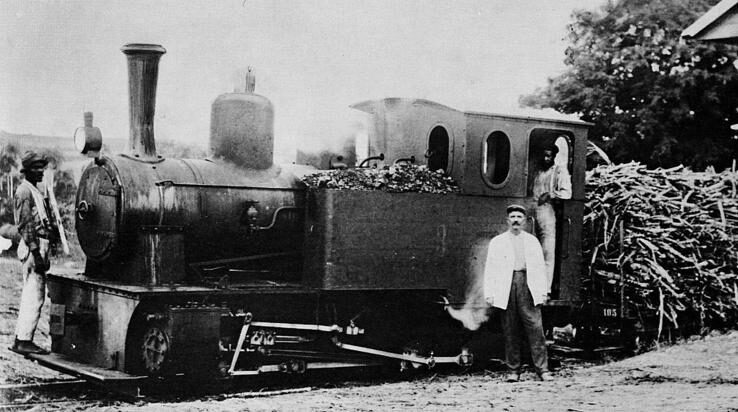
I consider it a gift. Dr. Michael Connors gave me a book titled “The Sugar King Jacob Lachmann In the Skane and Danish West Indies Sugar Industries,” written by Bengt Lachmann. As a cultural historian, I love reading, research, and passing knowledge and the history of these islands to the next generation of Virgin Islanders. I found the book of interest because it shed some light on Estate Bethlehem’s modern sugar industry.
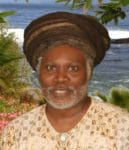
However, the early colonial history of Bethlehem dates to 1736 when King Christian VI and his Queen Sofia Magdalena were part of the estate holdings when the island was granted to Denmark. Bethlehem was one of the oldest and one of the largest sugar plantations on St. Croix. The operation spanned from the 1740s to 1966, when the last sugar was processed at the factory. From 1745 to 1751, King Christian VI of Denmark sold the estate in portions.
Some of the most politically influential planters of the day and prosperous long-lasting owners of Bethlehem were Capt. William Moore, his nephew William, Johannes and Pieter Heyliger, and the de Windts. It was Moore’s nephew who brought more surrounding estate land of Bethlehem and introduced new machinery and increased the production of sugar to an all-time high. He built gauge railway tracks to connect Fredensborg, Hope, Enfield, Rivers, Blessing, and Jerusalem Estates, carrying cane to the factory and its workers to the sugarcane fields.
Today, the industrial complex on the south shore of St. Croix builds upon estates Hope, Jerusalem, and Blessing. These estates had some of the best fertile soils in the West Indies due to the geological make-up of the land in the central and south plain of St. Croix. Nevertheless, in 1902, a Swedish landowner and investor named Jacob Lachmann bought Bethlehem estate with the intention to modernize the sugar operation.
It was on June 30, 1903, when Lachmann purchased the Bethlehem plantation and surrounding estates from William Moore Carson for a sum of $45,000. It was 2,224 acres of some of the best fertile land in the center of St. Croix and the entire Danish West Indies’ sugar industry. I would say this: the land has become urbanized today with roads, schools, houses, and non-agricultural development.
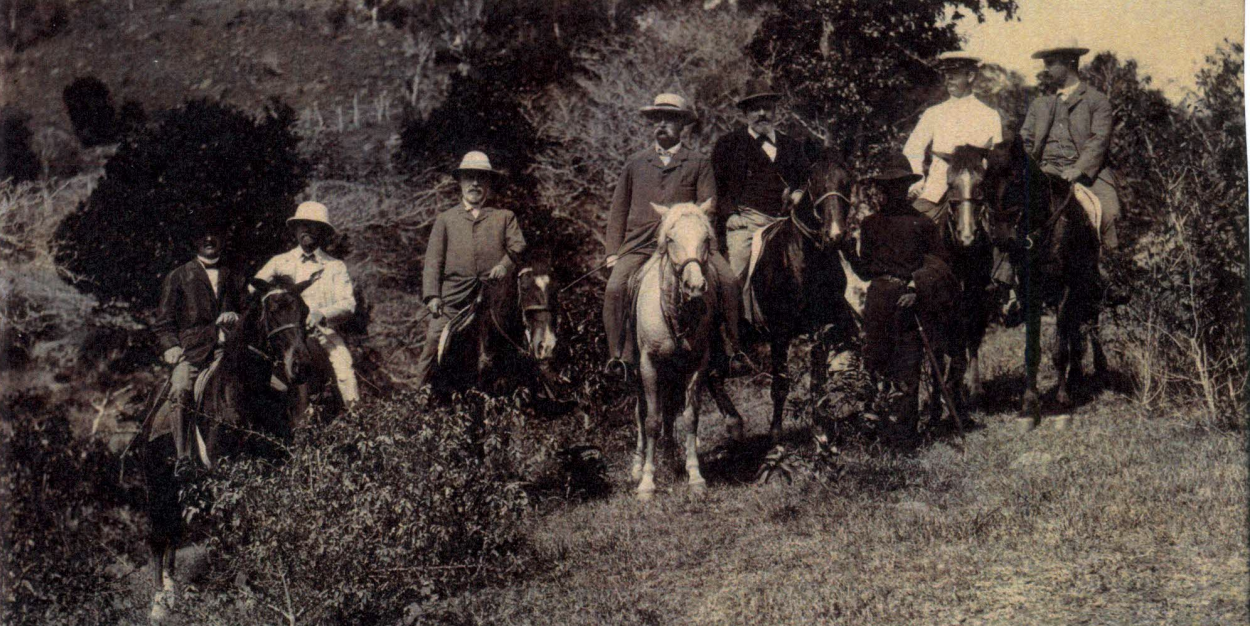
However, before I go any further into the history of Bethlehem, I want to mention what was known than as the Royal Commission, which came about after the proposal to sell the islands to the United States failed. According to Bengt Lachmann, the grandson of the late Jacob Lachmann, the Royal Commission was established by the Danish government with the task of how to improve the Danish islands’ economy.
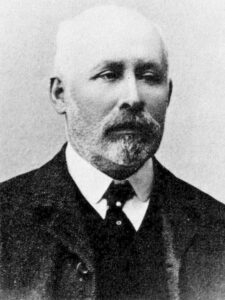
Men like Jacob Lachmann, Jacob Scavenius, Holger Petesen, Ehlers, and Karl Lachmann were part of the Royal Commission. On Jan. 4, 1903, these men left Denmark and arrived at St. Thomas on Feb. 2 that year. These men had great skills — Karl Lachmann was a civil engineer, and Jacob Lachmann, a successful sugar businessman in Sweden. A few days later, the men sailed over to St. Croix where the heart of the sugar industry in the Danish West Indies beat. They rode on horseback and walked by foot to gather information of the island’s sugar economy.
On Aug. 26, 1903, another entrepreneur arrived on St. Croix to invest in the sugar industry of the Danish West Indies. This person was none another than Gustav Adolph Hagemann, a successful chemical businessman both in the United States and Denmark. He also had mineral interests in Greenland. Hagemann was head chemist of Danish sugar producer Danske Sukkerfabrikker. According to Bengt Lachmann, Hagemann owned a plantation on St. Croix since 1895 and was well aware of the economic situation in the Danish islands.
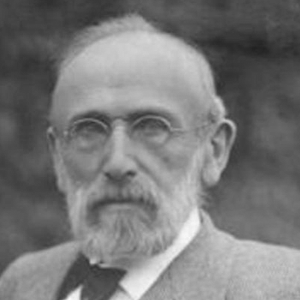
While the Royal Commission was on St. Croix, they spoke to plantation owners, inspected financial statements, and talked to the governor and other officials to have a good understanding of the island’s economic situation. The commission saw that by upgrading the three major sugar factories on the island along with smaller factories on other plantations it could help to boost the island’s economy.
“In order to balance the island’s books, private investment in modernizing and re-equipping the sugar industry would be required, as well as investments in the colony’s infrastructure on the part of the Danish state,” noted Bengt Lachmann. Gustav Hagemann and Jacob Lachmann offered to invest in the sugar industry on St. Croix and to refurbish the entire sugar operation as well as being part of the process. In other words, they put themselves in its operation.
With approval of the Danish island government, the men were off to help modernize the sugar industry in the islands. As a result, three main sugar factories on St. Croix were renovated and modernized. Jacob Lachmann modernized Bethlehem Plantation with new machinery, railways, and a locomotive transporting sugar cane from the fields and workers to and from the fields. Hagemann modernized the La Grange Sugar Factory on the west end of the island. Danske Sukkerfabrikker modernized Richmond Plantation east of Christiansted where the Virgin Islands Water & Power Authority is located today.
The private investors had a positive effect on the economy of the Danish West Indies. However, the promises made by the Danish government regarding education, healthcare, railways, and soil improvement only went so far as legislation. There was very little implementation or tangible investment by the Danish government to improve the livelihood of the people. This attitude of the Danish government, of not investing in the people of the Danish West Indies, led to an economic recession, which led to the signing of the treaty in 1916 and the islands were transferred to the United States in 1917.
— Olasee Davis is a bush professor who lectures and writes about the culture, history, ecology and environment of the Virgin Islands when he is not leading hiking tours of the wild places and spaces of St. Croix and beyond.





